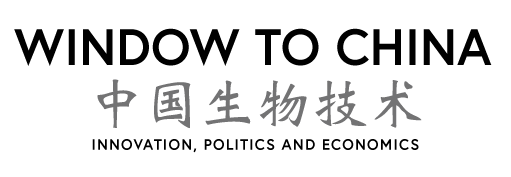https://en.people.cn/202936/index.html
Shanghai brain tech breakthrough translates thoughts into fluent Chinese
(Xinhua) 15:14, July 18, 2025
SHANGHAI, July 18 (Xinhua) — A team of Chinese researchers and clinical neurologists have made a new breakthrough in brain-computer interface technology, enabling 10 individuals to communicate complex Chinese sentences through their thoughts alone. The technology, now in clinical trials, promises new hope for patients with conditions like stroke who have lost the ability to speak.
Collaborating scientists were from Shanghai-based startup INSIDE and Huashan Hospital affiliated with Fudan University.
They implanted electrodes into participants with epilepsy. After just 100 minutes of training, their custom-built intelligent system decoded brain activities associated with the intended speech of 54 Chinese characters in real-time. Training on those characters then enabled the system to interpret 1,951 common words correctly and generate complete Chinese sentences in under half a second, with virtually no length limit. The team trained on data from the world’s largest human brainwave database built by Huashan Hospital, and the AI identified phonetic components with over 83 percent accuracy, according to Li.
Further ahead, researchers envision the decoded text allowing users to control smart environments, or even generate expressive artworks through generative AI systems.
Huashan Hospital has been actively involved in BCI clinical trials. In August 2024, neurosurgeons at the Hospital implanted a 256-channel flexible BCI device designed by the Shanghai-based NeuroXess into a 21-year-old female patient with epilepsy. Within the 48 hours following the procedure, the patient successfully engaged in table tennis and snake computer games through brain control. This June, a Chinese man who lost all four limbs in a high-voltage electrical accident 13 years ago was shown to play chess and racing games using only his mind, after a revolutionary procedure at Huashan in which a BCI device designed by the Chinese Academy of Sciences was implanted in his brain.
